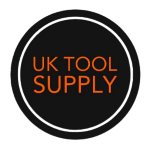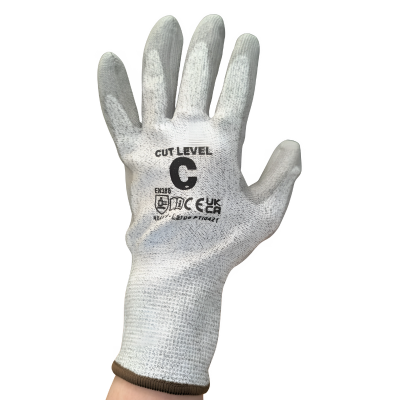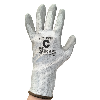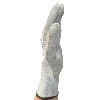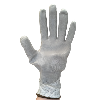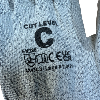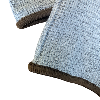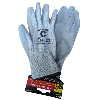EN388 4543 Cut Level C gloves with polyurethane palm for dexterity and flexible liner for an excellent fit.
Cuts can be caused by machinery, blades, automobiles, and handling abrasive objects and materials. Some applications, such as those involving heavy machinery and knives, have the potential to result in life-altering injuries or worse. It has never been more necessary to safeguard against these hazards with high-quality work gloves.
Level C Cut Resistant Work Gloves are intended to defend against the most severe cut hazards and ensure the safety of you and your colleagues.
Work gloves in these categories are ideal for a broader range of applications, including situations where contact with blades and sharp edges is common. As these gloves are where dexterity starts to lessen, they are best suited for usage by trade workers and in industrial situations such as building and construction sites.
Cut level C gloves are ideal for:
• Builders • Construction • Plumbing • Roofing • Scaffolding • Mechanics • Bricklaying • Machinists
- SKU PTI Cut Level 5 Gloves Size 10 Extra Large Pack of 12 Pairs
General information for EN 388:2016
Protective gloves against mechanical risks
According to this standard, characteristics such as abrasion resistance, cut resistance, tearing strength, puncture resistance and impact protection are tested. In conjunction with the pictogram, four numbers and one, or two letters, will be displayed. These signs indicate the performance of the glove

1. ABRASION RESISTANCE
- The material is subjected to abrasion by a sandpaper under a determined pressure
- The protection level is indicated on a scale of 1 to 4 depending on the number of turns required until a hole appears in the material
- The higher the number is, the better the resistance to abrasion
2. CUT RESISTANCE, COUP TEST
- The cut protection is tested
- A knife is passed over the glove material until it cuts through
- The protection level is given by a number between 1 and 5, where 5 indicates the highest cut protection
- If the material dulls the knife during this test, the cut test ISO 13997(TDM test) shall be performed instead, see point 5
3. TEARING STRENGTH
- The force required to tear the glove material apart is measured
- The protection level is indicated by a number between 1 and 4, where 4 indicates the strongest material
4. PUNCTURE RESISTANCE
- Based on the amount of force required to puncture the material with a tip
- The protection function is indicated by a number between 1 and 4, where 4 indicates the strongest material
5. CUT RESISTANCE, TDM TEST ISO 13997
- If the knife gets dull during the coup test, see point 2, this test shall be performed instead
- The result is given by a letter, A to F, where F indicates the highest level of protection
- If any of these letters is given, this method determines the protection level instead of the coup test
ISO 13997:1999 – Determination of resistance to cutting by sharp objects
An alternative cut test recommended for cut protection gloves. Shall be used in EN388:2016 for cut protection gloves where the cut material dulls the cutting knife during testing. A knife cuts with constant speed but increasing force until breakthrough of the cut protection material. Level of protection is given in Newton, the force needed for cut through at 20mm cut length.
6. IMPACT PROTECTION
- If the glove has an impact protection, this information is given by the letter P as the 6th and last sign
- If no P sign, no impact protection is claimed
EN 388:2003
This is the old version of the standard against mechanical risks. The differences compared to the 2016 version are the paper grid in the abrasion test and how to perform testing of cut resistant fibres. Also not applicable to test impact protection.
There are still many protective gloves on the market labelled according to the old version of this standard. These are as good to use as the new marked gloves.
Important to understand: it’s not the gloves performances that have changed. It is the way of testing the performances that has changed
